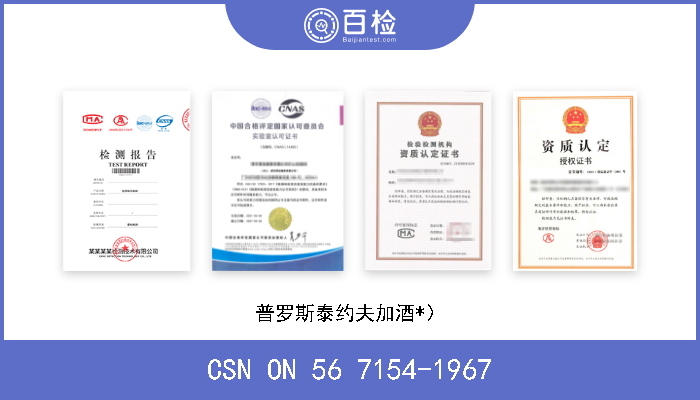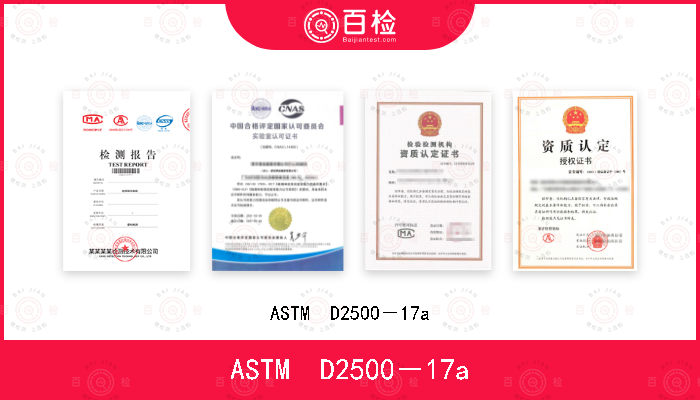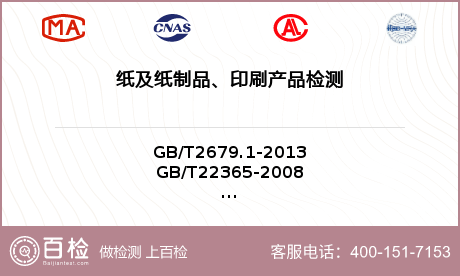ISO 17733-2004 车间空气.汞和无机汞化合物的测定.低温蒸气原子吸收分光光度测定法或原子荧光分光光度测定法
百检网 2021-08-02
标准号:ISO 17733-2004
中文标准名称:车间空气.汞和无机汞化合物的测定.低温蒸气原子吸收分光光度测定法或原子荧光分光光度测定法
英文标准名称:Workplace air - Determination of mercury and inorganic mercury compounds - Method by cold-vapour atomic absorption spectrometry or atomic fluorescence spectrometry
标准类型:C72
发布日期:1999/12/31 12:00:00
实施日期:1999/12/31 12:00:00
中国标准分类号:C72
国际标准分类号:13.040.30
适用范围:This International Standard specifies a procedure for determination of the time-weighted average massconcentration of mercury vapour and inorganic mercury compounds in workplace air. Mercury vapour iscollected on a solid sorbent using either a diffusive badge or a pumped sorbent tube. Particulate inorganicmercury compounds, if present, are collected on a quartz fibre filter. Samples are analysed using either coldvapour atomic absorption spectrometry (CVAAS) or cold vapour atomic fluorescence spectrometry (CVAFS)after acid dissolution of the mercury collected.This International Standard is applicable to the assessment of personal exposure to mercury vapour and/orparticulate inorganic mercury compounds in air for comparison with long-term or short-term exposure limits formercury and inorganic mercury compounds and for static (area) sampling.The lower limit of the working range of the procedure is the quantification limit. This is determined by thesampling and analysis methods selected by the user, but it is typically in the range 0,01 µg to 0,04 µg ofmercury (see 13.1). The upper limit of the working range of the procedure is determined by the capacity of thediffusive badge, sorbent tube or filter used for sample collection, but it is at least 30 µg of mercury (see 13.2).The concentration range of mercury in air for which this International Standard is applicable is determined inpart by the sampling method selected by the user, but it is also dependent on the air sample volume.The diffusive badge method is not applicable to measurements of mercury vapour when chlorine is present inthe atmosphere, e.g. in chloralkali works, but chlorine does not interfere with the pumped sorbent tube method(see 13.11.1). Gaseous organo-mercury compounds could cause a positive interference in the measurementof mercury vapour (see 13.11.2). Similarly, particulate organo-mercury compounds and gaseousorgano-mercury compounds adsorbed onto airborne particles could cause a positive interference in themeasurement of particulate inorganic mercury compounds (see 13.11.3).
中文标准名称:车间空气.汞和无机汞化合物的测定.低温蒸气原子吸收分光光度测定法或原子荧光分光光度测定法
英文标准名称:Workplace air - Determination of mercury and inorganic mercury compounds - Method by cold-vapour atomic absorption spectrometry or atomic fluorescence spectrometry
标准类型:C72
发布日期:1999/12/31 12:00:00
实施日期:1999/12/31 12:00:00
中国标准分类号:C72
国际标准分类号:13.040.30
适用范围:This International Standard specifies a procedure for determination of the time-weighted average massconcentration of mercury vapour and inorganic mercury compounds in workplace air. Mercury vapour iscollected on a solid sorbent using either a diffusive badge or a pumped sorbent tube. Particulate inorganicmercury compounds, if present, are collected on a quartz fibre filter. Samples are analysed using either coldvapour atomic absorption spectrometry (CVAAS) or cold vapour atomic fluorescence spectrometry (CVAFS)after acid dissolution of the mercury collected.This International Standard is applicable to the assessment of personal exposure to mercury vapour and/orparticulate inorganic mercury compounds in air for comparison with long-term or short-term exposure limits formercury and inorganic mercury compounds and for static (area) sampling.The lower limit of the working range of the procedure is the quantification limit. This is determined by thesampling and analysis methods selected by the user, but it is typically in the range 0,01 µg to 0,04 µg ofmercury (see 13.1). The upper limit of the working range of the procedure is determined by the capacity of thediffusive badge, sorbent tube or filter used for sample collection, but it is at least 30 µg of mercury (see 13.2).The concentration range of mercury in air for which this International Standard is applicable is determined inpart by the sampling method selected by the user, but it is also dependent on the air sample volume.The diffusive badge method is not applicable to measurements of mercury vapour when chlorine is present inthe atmosphere, e.g. in chloralkali works, but chlorine does not interfere with the pumped sorbent tube method(see 13.11.1). Gaseous organo-mercury compounds could cause a positive interference in the measurementof mercury vapour (see 13.11.2). Similarly, particulate organo-mercury compounds and gaseousorgano-mercury compounds adsorbed onto airborne particles could cause a positive interference in themeasurement of particulate inorganic mercury compounds (see 13.11.3).
百检能给您带来哪些改变?
1、检测行业全覆盖,满足不同的检测;
2、实验室全覆盖,就近分配本地化检测;
3、工程师一对一服务,让检测更精准;
4、免费初检,初检不收取检测费用;
5、自助下单 快递免费上门取样;
6、周期短,费用低,服务周到;
7、拥有CMA、CNAS、CAL等权威资质;
8、检测报告权威有效、中国通用;
客户案例展示
相关商品
版权与免责声明
①本网注名来源于“互联网”的所有作品,版权归原作者或者来源机构所有,如果有涉及作品内容、版权等问题,请在作品发表之日起一个月内与本网联系,联系邮箱service@baijiantest.com,否则视为默认百检网有权进行转载。
②本网注名来源于“百检网”的所有作品,版权归百检网所有,未经本网授权不得转载、摘编或利用其它方式使用。想要转载本网作品,请联系:service@baijiantest.com。已获本网授权的作品,应在授权范围内使用,并注明"来源:百检网"。违者本网将追究相关法律责任。
③本网所载作品仅代表作者独立观点,不代表百检立场,用户需作出独立判断,如有异议或投诉,请联系service@baijiantest.com
行业热点

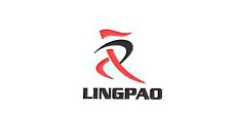
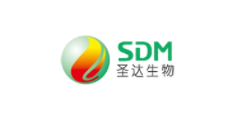
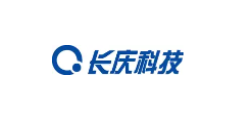
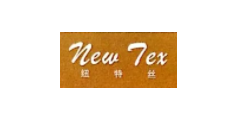
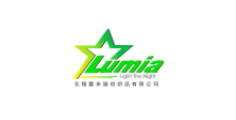


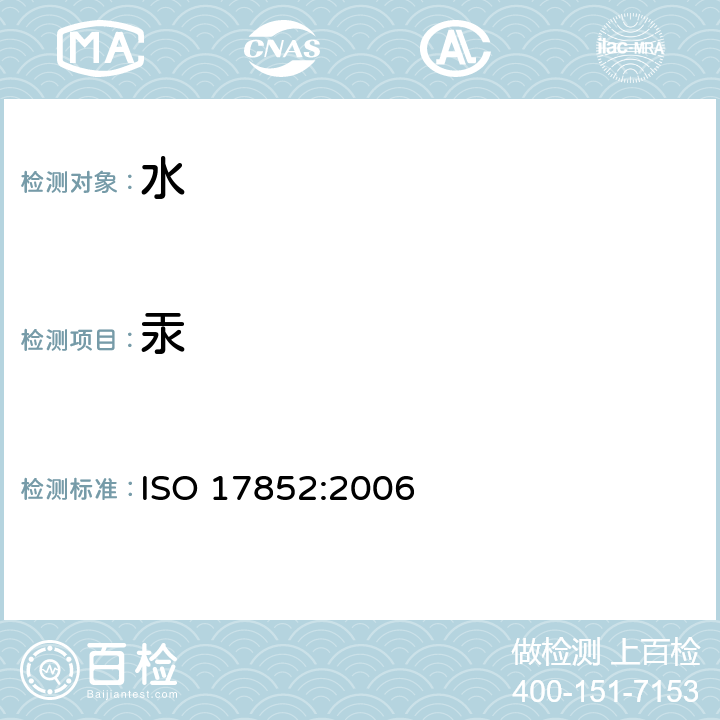
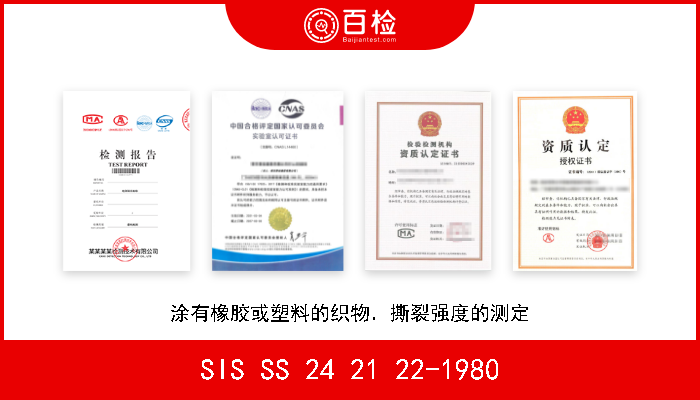
.png)


